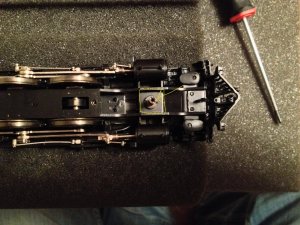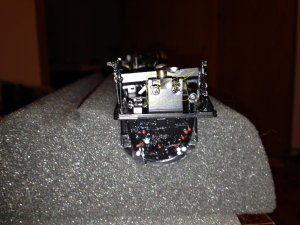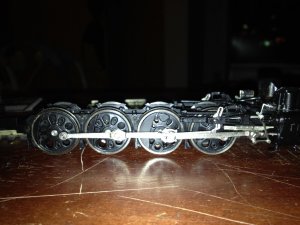irocinblue89
Member
Can someone direct me towards the correct way to remove the top of the boiler on an OMI FEF-1 4-8-4 HO scale. I don't want to scratch or damage anything but it is REALLY frustrating me! LOL
Thanks,
Seann
Thanks,
Seann
Hey did you get that off ebay ???


Blue,
I need to get one of those foam cradles
Just a thought, is it possible that I need to remove the drivers before the shell will slide off. The only problem with that logic I can think of is that the motor will still be in the boiler which is now a cylinder without the drivers...
Chances are the "too high" driver is being caused by a badly compressed spring. Each driver/axle assembly is supported by springs under the bearings.You can check this y pulling down on the driver in question. If it stays down after this, the compression may be relieved. If there is a binding in the mechanism, it could be from this.
Definitely need to see the pictures.


